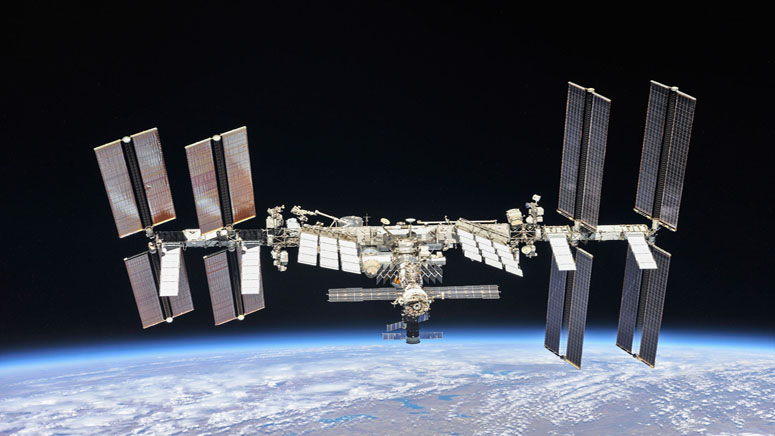(CNN) — NASA has postponed a spacewalk that was scheduled for Tuesday after receiving a space debris warning for the International Space Station.
Just hours before the astronauts were due to venture out of the ISS, the agency said on its Twitter account that “due to the lack of opportunity to properly assess the risk,” it had decided to delay the Nov. 30 spacewalk until more information was available.
Dr. Thomas Marshburn and Kayla Barron, two newly arrived NASA astronauts, had been scheduled to begin their spacewalk at 7:10 a.m. ET. They had planned to replace a malfunctioning communications antenna and the task was expected to take about six and a half hours.
It was unclear whether the warning was related to the space debris created by a Russian anti-satellite test two weeks ago that forced crew members on the International Space Station to scramble into their spacecraft for safety.
US Space Command said Russia tested a direct-ascent anti-satellite, or DA-ASAT missile, striking a Russian satellite and creating a debris field in low-Earth orbit of 1,700 pieces of trackable orbital debris that is also likely to generate hundreds of thousands of pieces of smaller orbital debris. It is expected to take months to catalog all of the new debris created by the test.
Marshburn and Barron arrived on the space station along with NASA astronaut Raja Chari and European Space Agency astronaut Matthias Maurer in their SpaceX Crew Dragon capsule on November 11.
Debris concerns
NASA Administrator Bill Nelson said in a statement after the Russian test that he was “outraged by this irresponsible and destabilizing action. With its long and storied history in human spaceflight, it is unthinkable that Russia would endanger not only the American and international partner astronauts on the ISS, but also their own cosmonauts. Their actions are reckless and dangerous, threatening as well the Chinese space station.”
While the debris field was very concentrated at first, it has dispersed over time, said Dana Weigel, NASA deputy manager of the International Space Station Program before the spacewalk was postponed. The team planning the spacewalk ran models and predictions to understand the environment the astronauts will be in during their spacewalk.
It had raised the risk to the spacewalkers by 7%, which “is not a large increase and that’s well within what we see with normal atmospheric fluctuations and the normal amount of debris that kind of moves through,” Weigel said earlier. “What it really tells us is EVA (extravehicular activity) has always been risky.”
This risk concerns any debris with the potential to penetrate the spacesuits or the space station itself. The pieces that could penetrate the spacesuits are much smaller than anything they are able to track, Weigel said.
“It does mean penetration but it doesn’t mean it’s a catastrophic penetration,” Weigel said. “There’s a certain size of penetration that is supportable. There’s an emergency oxygen package on the suit that would feed it for a while. When we talk about EVA risk, it’s generally around 1 in 2,700, so that’s considered the risk of having some size of a penetration over the course over the duration of the six and a half hour EVA.”
Weigel said that some previous spacewalks had come with a higher risk than this one.
“Unfortunately, when you have a debris event like this and you get a lot of really small pieces scattered around, it just becomes part of the average environment,” Weigel said. “At some point, there is not a specific directional aspect to the debris. So there’s nothing different that they will do out on the spacewalk.”
After being operational for 21 years, the communications antenna recently stopped sending signals to Earth using NASA’s Tracking and Data Relay Satellite System. Mission managers discovered the issue in September, said Vincent LaCourt, NASA spacewalk flight director before the spacewalk was postponed.
The Russian anti-satellite test did shuffle the task list for the spacewalk itself and some “get-ahead” tasks had been removed, including cable routing and releasing bolts on a spare nitrogen tank, LaCourt said.
Tuesday’s spacewalk would have been the 245th conducted from the space station, which has served as a continuous low-Earth orbit hub for humans for 21 years.
(Copyright (c) 2024 CNN. All Rights Reserved. This material may not be published, broadcast, rewritten, or redistributed.)

